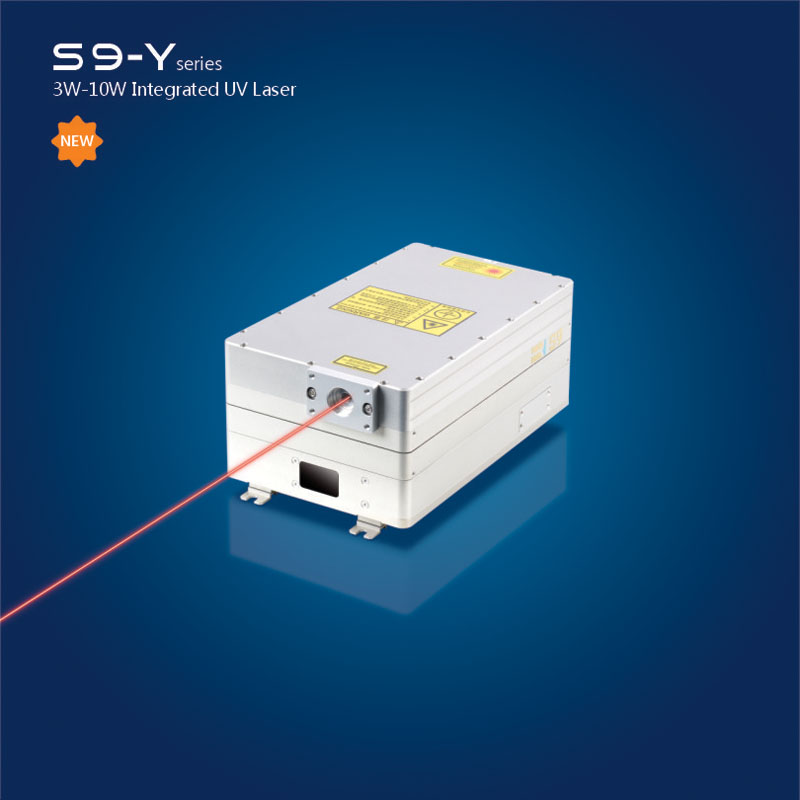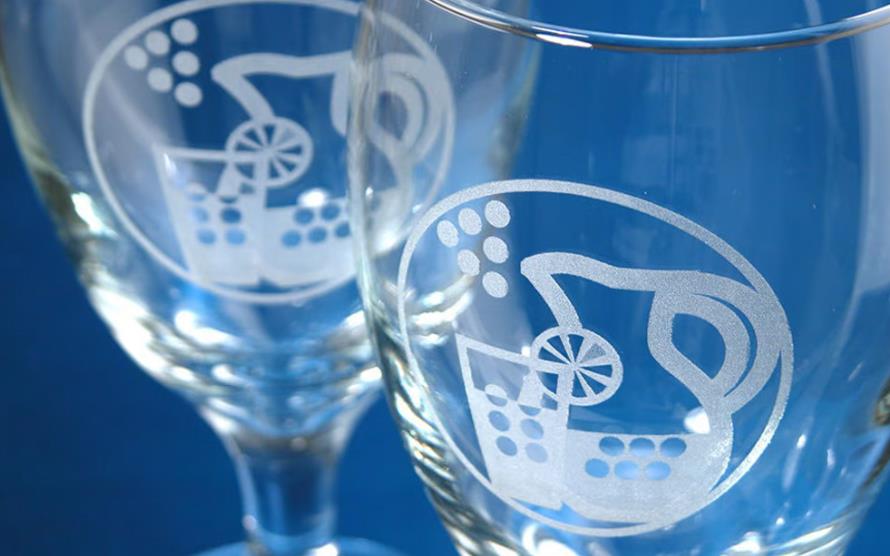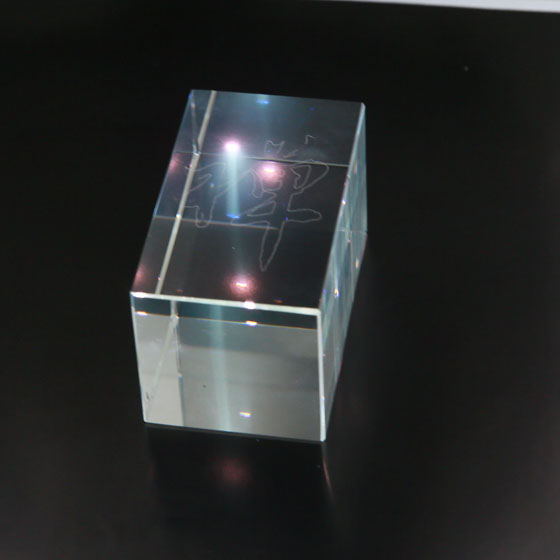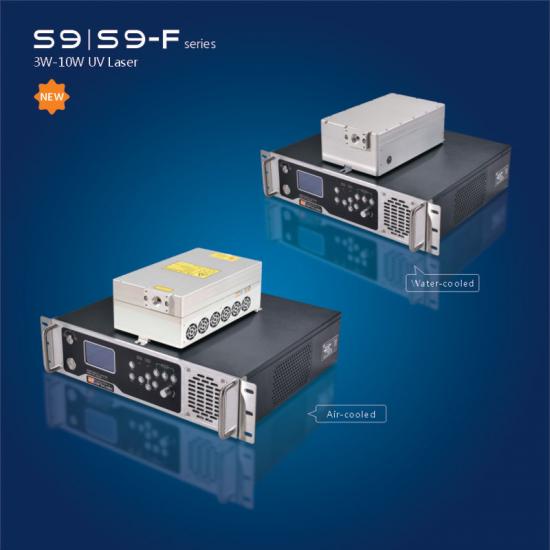
유리 레이저 조각 및 에칭 정보
Oct 25 , 2022Glass laser engraving and etching have become popular techniques for producing images, patterns, and logos. Learn the basics of both methods as we prepare you to fire up that beam.

A laser is a machine that produces a beam of light through an optical amplification process. Today, lasers have become critical components of the products we use in our daily lives, ranging from bar code scanners to DVD players.
In manufacturing, lasers are used for drilling, cutting, and engraving a wide range of materials. In glass manufacturing, for example, laser engraving and etching provide several possibilities for personalization without changing the characteristics of the glass.
Laser engraving cuts out a portion of the material, leaving a cavity that reveals a design, with the engraved part being noticeable both through sight and touch. Laser engraving is performed with a high-heat laser that vaporizes the material. Engraving depths typically vary between 0.02″ and 0.125″ in harder materials.
Laser etching, on the other hand, does not cut into the material, but instead removes only the top layer using a less powerful machine. The depth of the “cut” is usually no more than 0.001″.
In fact, etching is a subset of engraving and is considered a chemical process, while engraving is regarded as a physical process. Both techniques have become popular for adding images, logos, and numbers on glass.
In the following, we’ll take a deeper look at both, including how they work, their benefits, and how they’re executed.

How Does Glass Engraving Work?
In a nutshell, the high-temperature laser beam vaporizes the material and cuts into it physically, leaving a cavity. With glass, this works because of its inner composition.
Glass is made by heating silicon, which melts at high temperatures and turns into a thick fluid. The molten material is then manipulated in various ways, causing it to trap air and moisture.
Whenever a laser beam hits the glass, the air and moisture between elements of silica and metal react, not the other glass elements like silicon. Specifically, they expand, and since the glass is rigid, this causes microscopic fractures at the surface of the material. It is the resulting fracturing and chipping that we see and feel as engraving.
판화 곡면 유리
레이저는 일반적으로 렌즈와 재료 표면 사이에 지정된 초점 거리와 거리가 있는 평평한 표면에서 사용하기가 더 쉽습니다.
곡면(병, 꽃병, 물통 등)을 조각하는 것은 어려울 수 있지만 약간의 유연성을 허용하는 해결 방법이 있습니다. 예를 들어, 회전식 부착물을 사용하는 것은 옵션입니다. 레이저 기계에 연결하면 레이저가 마법을 부릴 때 유리 물체가 회전할 수 있습니다. 당연히 복잡한 각도와 곡률의 변화는 여전히 문제를 일으킬 수 있습니다.
깔끔함과 청소
조각 유리는 재료를 부수고 조각내는 것으로 귀결되지만 목표는 가능한 한 파편 없는 패턴을 생성하는 것입니다. 이를 위해 대부분의 조각가는 유리 위에 젖은 종이 타월이나 신문을 놓습니다.
각인 후에는 항상 청소가 필요합니다. 이를 위해 파편이 있는 경우 소독용 알코올과 종이 타월 또는 네일 브러시를 사용할 수 있습니다. 다른 처리 옵션에는 응용 프로그램 테이프 사용이 포함됩니다.
버스트 없는 UV 레이저 마킹 유리, UV 레이저가 무엇인지 확인:

에칭은 어떻게 작동합니까?
유리에 레이저 조각 사진
레이저 에칭은 조각의 하위 집합이며 절단 깊이가 일반적으로 0.001인치를 넘지 않는다는 점을 제외하면 동일한 방식으로 작동합니다. 이는 반사성과 같은 속성에 영향을 주어 표면의 모양을 변경하는 것 이상을 수행하지 않습니다. 레이저 에칭은 때때로 레이저 마킹과 레이저 제판 사이의 스위트 스폿으로 간주되며 얇은 재료나 보석에 이상적입니다.
기술적으로 레이저 조각 기계는 레이저 빔의 강도만 다른 레이저 에칭 기계이기도 합니다.
레이저 제판 및 에칭은 서로 다른 주파수(레이저에서 생성되는 빛의 파장)에서 수행되며, 이는 레이저가 서로 다른 재료와 상호 작용하는 방식에 영향을 미칩니다. 에칭이 올바르게 수행되면 레이저가 유리를 때릴 때 재료를 파괴하지 않고 반투명한 모양을 남기기 때문에 아름답고 세련된 모양의 유리를 남깁니다.